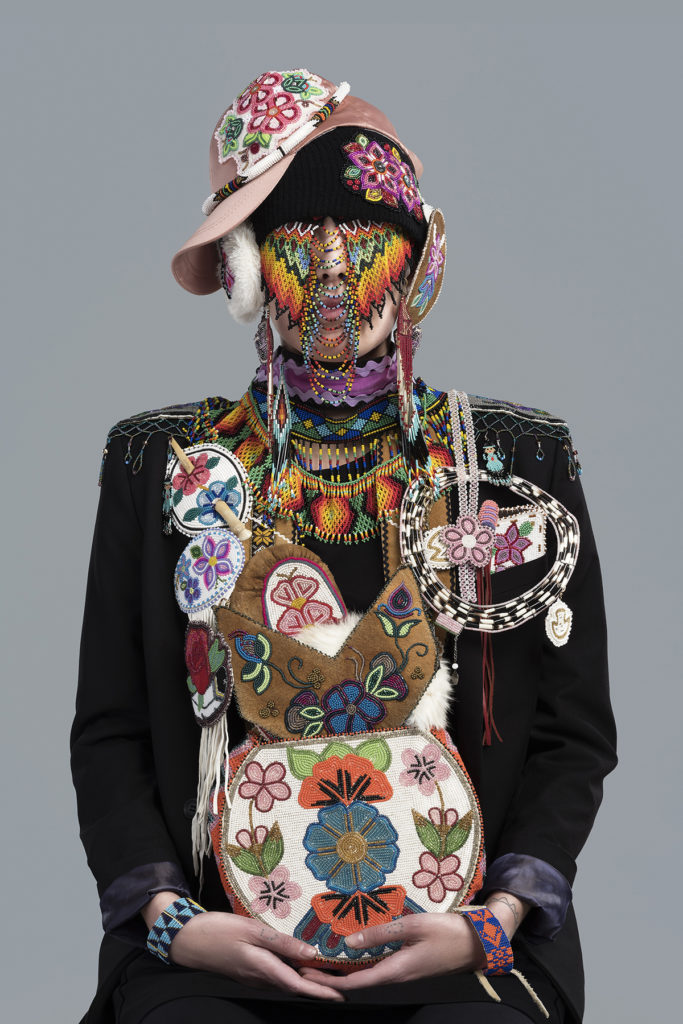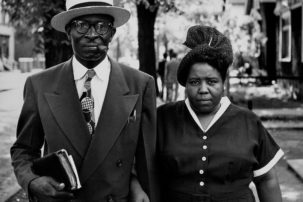Artist; Assistant Professor, Department of Art History, Visual Art and Theory, University of British Columbia
Location: Vancouver
I don’t necessarily identify as an “art collector.” The majority of the works I have came to me through my kinship system, and even as we see a growing acceptance of Indigenous material culture into what is known as contemporary art, the idea that this could be considered a “collection” is complicated. Referring to the things that are dear to me as a collection doesn’t do them justice or is not the right word to speak to the relationships around the works.
Some of the artworks I have are from trades or were made collaboratively or dialogically. One painting I have was given to me as part of a trade for a tattoo. I have an artwork by Amy Malbeuf that she gave to me in exchange for a sound work to score her film The Length of Grief. The mask that was given to me by Dayna Danger was custom-made for me, in dialogue with me. They actually made it while we were together installing an exhibition. For me, the mask is a symbol of our kinship and the love and care that we have between us. Another significant piece I have was also gifted to me, by Dana Claxton, when I sat for her Headdress photo series.

 Dana Claxton, Headdress–Jeneen, 2018. Collection Jeneen Frei Njootli.
Dana Claxton, Headdress–Jeneen, 2018. Collection Jeneen Frei Njootli.



